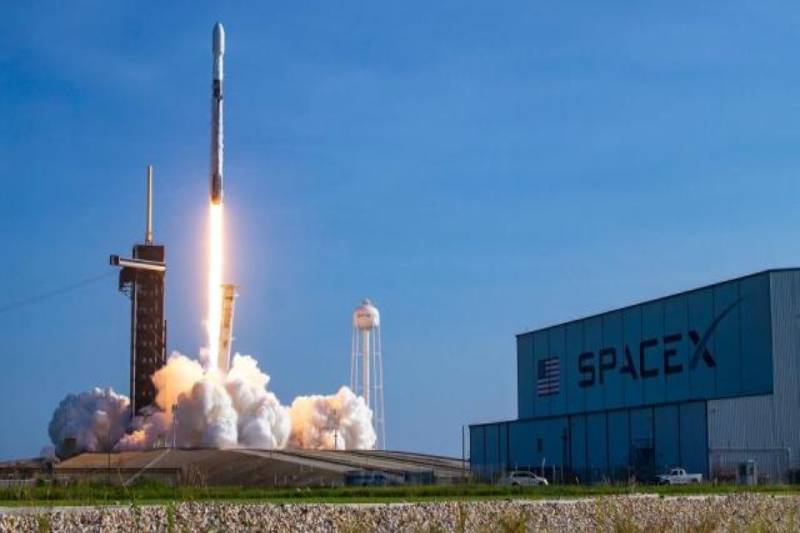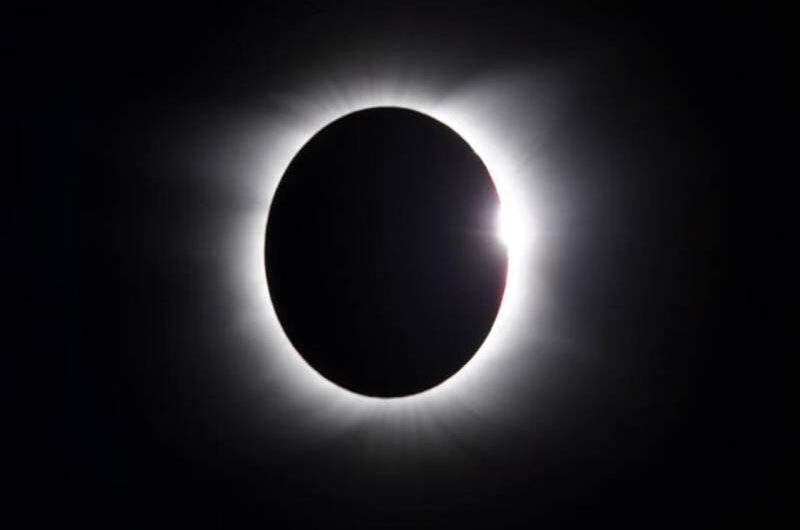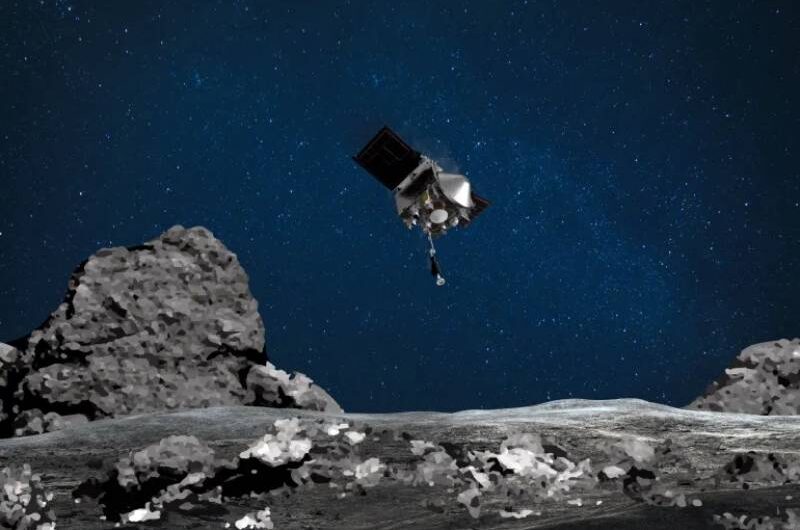SpaceX has raised concerns over a report released by the Federal Aviation Administration (FAA) that suggests the company’s Starlink satellite constellation may pose significant risks to people on Earth. The report, delivered to members of Congress on October 5, contains a 35-page analysis, partially prepared by the nonprofit research group The Aerospace Corporation, warning about the potential dangers of large satellite networks like Starlink. It predicts that by 2035, if Starlink’s constellation growth continues and debris from its satellites survives reentry, one person on Earth could be expected to be injured or killed every two years. Additionally, it estimates that the probability of an aircraft being hit by space debris could be 0.0007 per year by 2035.
SpaceX strongly criticized the report’s conclusions in a letter dated October 9, describing the claims as “preposterous, unjustified, and inaccurate.” The company argued that the report relied on a flawed analysis and did not reach out to SpaceX for information or include the company’s own analysis and reports on Starlink satellite disposal. SpaceX emphasized that its satellites are designed to fully burn up during atmospheric reentry at the end of their service life. According to SpaceX, 325 Starlink satellites have already deorbited since February 2020, and no debris has been found.
The Aerospace Corporation responded to SpaceX’s concerns, stating that their technical team is in communication with SpaceX and others to review and update the data. The research group clarified that the FAA approached them more than two years ago to independently assess the collective risks associated with satellite reentry, considering all planned operators under U.S. regulation through 2035.
While the FAA’s analysis acknowledges SpaceX’s claims that its Starlink satellites pose no increased risk when they reenter the Earth’s atmosphere, The Aerospace Corporation took a more conservative approach by suggesting that each SpaceX spacecraft could generate three pieces of 300-gram debris. SpaceX refuted these claims, arguing that the assessment was based on outdated NASA data and that the statistics were not intended for risk assessment.
SpaceX also criticized the report for solely focusing on Starlink and neglecting other satellite systems like Amazon’s Project Kuiper, OneWeb, or China’s Low Earth Orbit (LEO) systems. The FAA is currently reviewing SpaceX’s letter, and the members of Congress who received the original report have not provided immediate comments.
The report was produced for Congress in response to a 2020 statutory requirement for the FAA to examine how it can address safety risks associated with launch and reentry in its regulatory role. However, the report acknowledges that even if the FAA amended its regulations, it might not cover all reentry risks, particularly those from payloads launched from outside the United States.
Disclaimer: The views, suggestions, and opinions expressed here are the sole responsibility of the experts. No EU Brief journalist was involved in the writing and production of this article.






